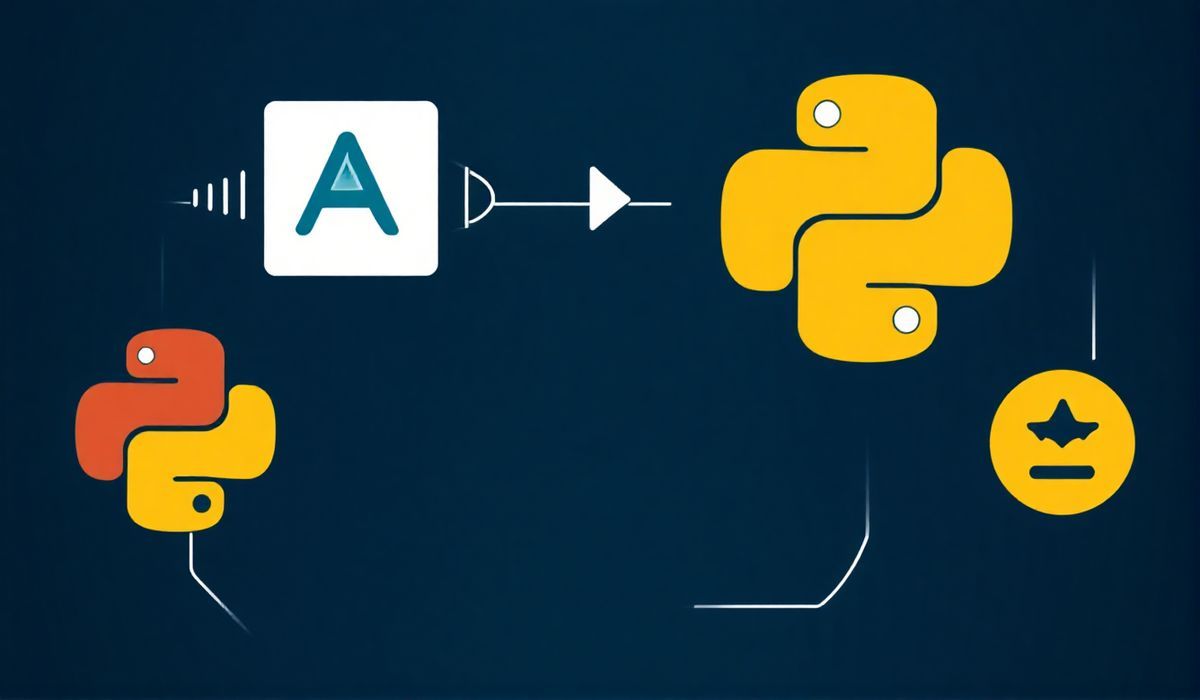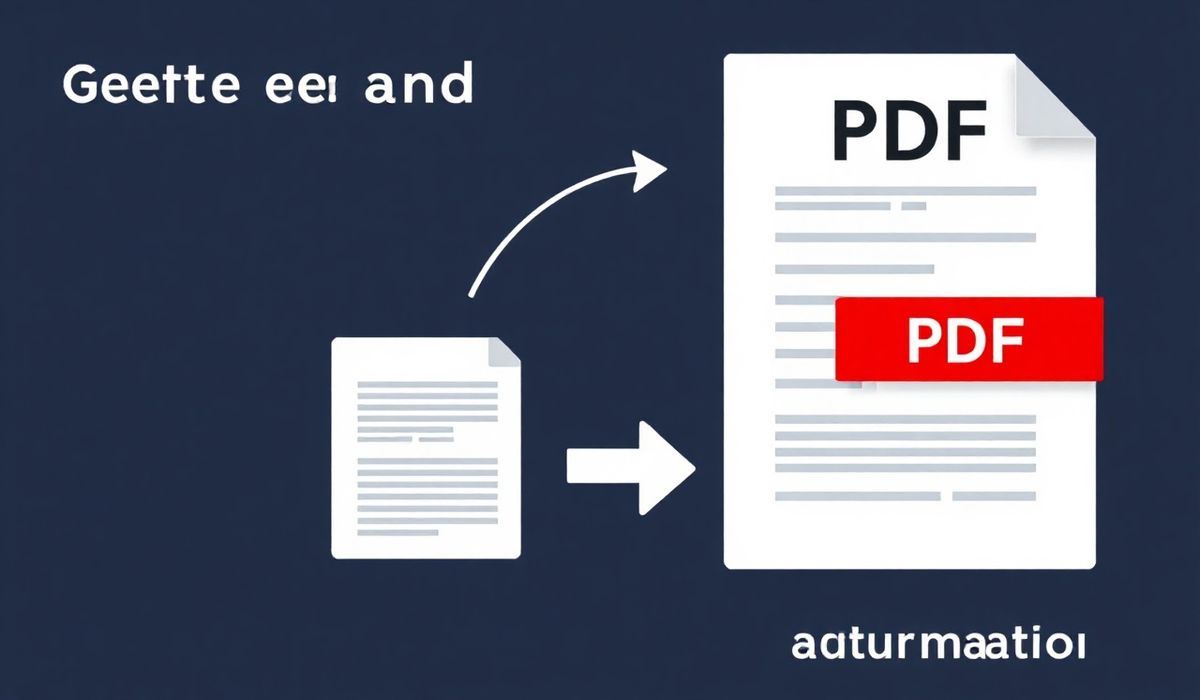Mastering Action Queue: Your Ultimate Guide to Maximizing Efficiency with Detailed API Examples
The action-queue implementation aids in managing asynchronous tasks by organizing them into a manageable sequence. This tutorial introduces action-queue while diving into its API functionalities with practical code snippets. Additionally, we will demonstrate an application that utilizes these APIs for better clarity.
What is Action Queue?
Action Queue is a utility that helps manage and process tasks sequentially. It is particularly useful in situations where you need to control the order of task execution.
API Examples
1. Initializing the Action Queue
const actionQueue = new ActionQueue();
2. Adding Actions to the Queue
actionQueue.add(() => {
return new Promise((resolve) => {
console.log('Action 1 executed');
resolve();
});
});
actionQueue.add(() => {
return new Promise((resolve) => {
console.log('Action 2 executed');
resolve();
});
});
3. Starting the Queue
actionQueue.start().then(() => {
console.log('All actions have been executed');
});
4. Stopping the Queue
actionQueue.stop();
5. Resetting the Queue
actionQueue.reset();
Application Example
Below is a more comprehensive example where we use the action-queue to manage user signup processes:
class ActionQueue {
constructor() {
this.queue = [];
this.running = false;
}
add(action) {
this.queue.push(action);
if (!this.running) {
this.start();
}
}
start() {
if (this.queue.length === 0) {
this.running = false;
return Promise.resolve();
}
this.running = true;
const action = this.queue.shift();
return action().then(() => {
return this.start();
});
}
stop() {
this.queue = [];
this.running = false;
}
reset() {
this.queue = [];
}
}
const signupQueue = new ActionQueue();
function validateData(userData) {
return new Promise((resolve) => {
console.log('Validating data for:', userData);
resolve();
});
}
function createUser(userData) {
return new Promise((resolve) => {
console.log('Creating user:', userData);
resolve();
});
}
function sendWelcomeEmail(userData) {
return new Promise((resolve) => {
console.log('Sending welcome email to:', userData);
resolve();
});
}
const newUser = { name: 'John Doe', email: 'john@example.com' };
signupQueue.add(() => validateData(newUser));
signupQueue.add(() => createUser(newUser));
signupQueue.add(() => sendWelcomeEmail(newUser));
signupQueue.start().then(() => {
console.log('User signup process completed for:', newUser);
});
Using an action queue not only simplifies complex asynchronous operations but also ensures that each step is completed successfully before proceeding to the next. This is exceptionally critical in processes like user registration, where order and success of each step are paramount.
Happy coding!
Hash: 7b7c01a204223b8db69483ce9c30b579c796d71db655672aff3b48813182cec6




